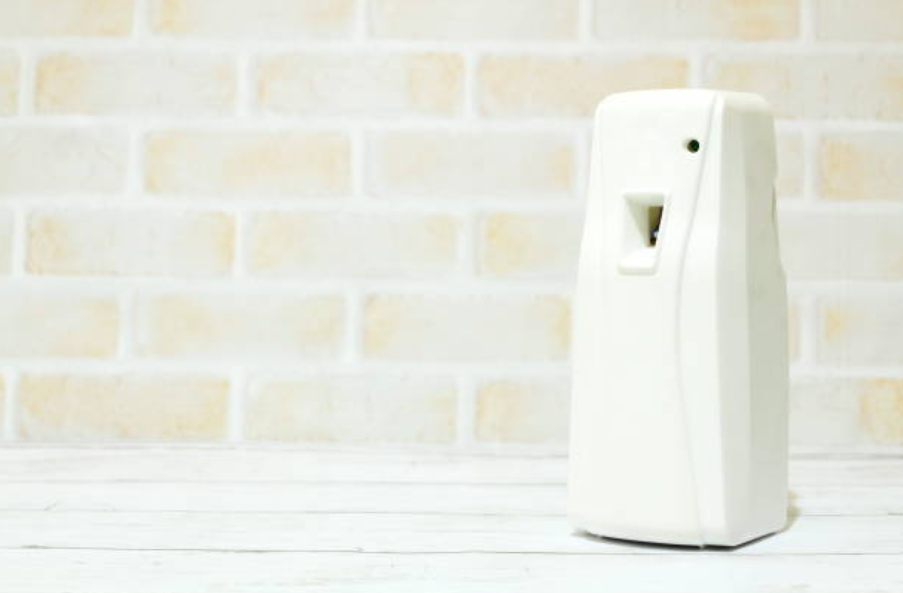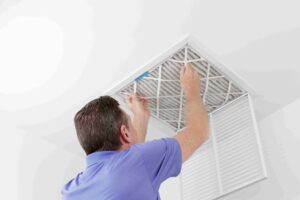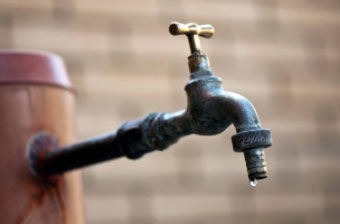Blog
Indoor Air Quality Solutions: Protect Your Home from Pollutants

What is Considered Optimal Air Quality?
Common Causes of Poor Indoor Air Quality
Indoor air quality can be compromised by several factors that affect the health and comfort of your home. Identifying and addressing these causes is key to maintaining a healthy environment. Below are the primary contributors to poor indoor air quality:
- Dust and Allergens: Accumulated dust, pet dander, and pollen can trigger allergic reactions, asthma, and respiratory issues.
- Poor Ventilation: Inadequate airflow traps pollutants indoors, increasing the concentration of harmful substances like carbon dioxide, mold spores, and volatile organic compounds (VOCs).
- Mold and Mildew: Excess moisture can lead to the growth of mold and mildew, which release spores that irritate the lungs and increase allergy symptoms.
- Tobacco Smoke: Smoking indoors introduces harmful chemicals and carcinogens that degrade indoor air quality and pose serious health risks.
- Household Chemicals: Cleaning products, paints, and air fresheners can release VOCs and other harmful chemicals into the air, affecting the quality of indoor air.
Addressing these issues through proper ventilation, regular cleaning, and using air purifiers can significantly improve the air quality in your home.
Improving Indoor Air Quality: Key Solutions
Many people, particularly those who are suffering from allergies, want to keep their homes clean and improve the quality of indoor air. Because of this, a lot of them opt to have air purifying systems. But how do they really work? They are designed to reduce indoor air pollution by removing impurities like smoke, dust, odors, and other particles.
However, even without air purifiers, your home’s indoor air quality can still be improved. Here are some alternative solutions to cleaning the air in your home.
1) Dryer Vent Cleaning
Dryer vents that are filled with lint can eventually become a fire hazard. Having this cleaned out professionally is a must and should be done at least once a year. Special tools like high-powered vacuums and rotating brushes are needed, along with the expertise of a licensed professional.
2) HEPA-AIRE
These vacuums are powerful and portable. They also have true HEPA filters that remove a high percentage of impurities vacuumed from air ducts and vents in your home. Professionals utilize this tool to clean air purifiers while preventing suctioned dust particles from being recirculated back into your home.
3) Electronic Air Cleaner
These are also known as air purifiers or ionizers. These machines use electrically charged filters to provide cleaner air throughout your home. However, these machines emit a small amount of ozone which is a lung irritant. Let experts help you decide which air purification system works best for you.
4) HEPA Air Filtration
HEPA stands for “high-efficiency particulate air.” Unlike regular filters, these can remove up to 99.97% of dust, bacteria, pollen, and other airborne impurities. HEPA filters can be found in specialized air purifiers and require replacements over time. Do not hesitate to call professionals to replace them for you.
5) Duct Sealing
Air ducts are used to deliver filtered air throughout your home. These ducts can be subject to cracking and leaking, raising energy bills while decreasing the amount of clean air circulating in your home. Have a professional perform an inspection so any problematic ducts can be sealed properly and safely.
Let Home Comfort Experts Assist You!
Improve your home’s air quality with Home Comfort Experts! With us, we guarantee your 100% complete satisfaction and peace of mind. Get in touch with our experts today to learn more about air purifying systems and our quality indoor air solutions.





